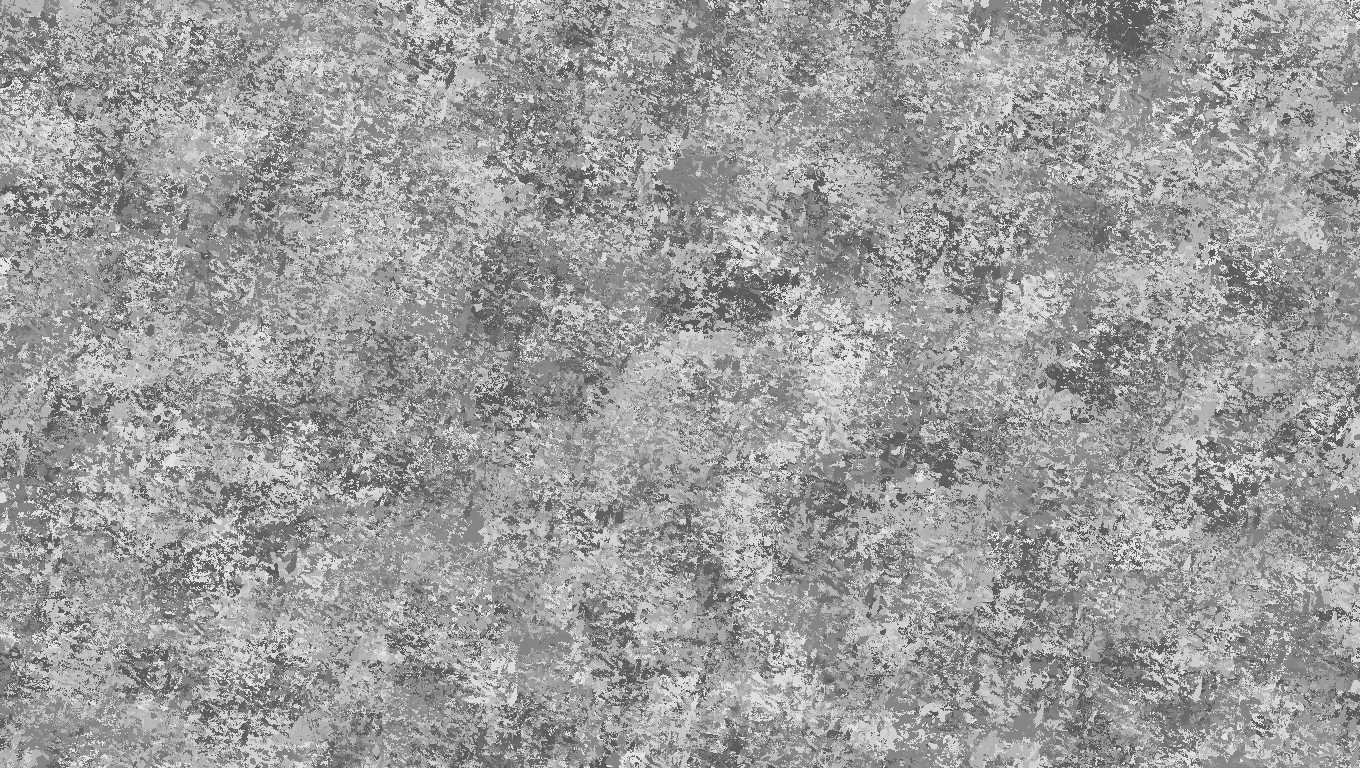Why a new camouflage?
Hunters constantly seek the edge when increasing their odds against prey and becoming aware of their presence. So camouflage naturally becomes an aid in decreasing the chances of an animal spotting them. If you are shooting something from a kilometre away, this probably isn’t so much of an issue. However, getting up close, either in the heavy bush or with a bow, and getting spotted becomes more of a factor. Manufacturers are constantly looking to provide more effective systems to help hunters.
The Veil system, from Hunters Element, is the first attempt I am aware of for a New Zealand Hunting Gear company to provide a digital camouflage option. But why was it needed?
Many existing camouflages in the hunting market are based on mimicry systems – making the camouflage in the same pattern as the surrounding environment. RealTree is the most obvious example of this. At the same time, the military has nearly never used mimicry systems and instead headed into more abstract digital systems. Why the diversion?
Disruption vs. Mimicry Camouflage
It has been suggested that digital camouflage, which can also be called disruptive camouflage (which is still relatively new) – allows a much finer level of control over aspects such as macro and micro patterns, as well as the ability to manipulate contrast in a much easier way. As I will cover shortly, these three factors play heavily on how effective camouflage is.
In addition, mimicry camo is often area-specific – if you have a particular leaf on your jacket, it makes sense it will work the best next to trees with those leaves, but not so well in an area where a different type of tree grows.
Digital camouflage also seeks to create a more universally effective pattern. Optifade was one of the original, non-military digital patterns, and now we also have Veil.
Camouflage Concepts
What makes a good camouflage? While there are entire websites dedicated to this question – this is a quick primer on the subject –
Disruptive camouflage is generally made up of sections of both Micro and Macro patterns. As the names would suggest, we are talking about small and large segments, often overlaid over each other and each providing a specific function. How these patterns combine can also affect Isoluminance – how much resulting contrast is in the pattern, which then translates into how the system looks from a distance (where you can’t see the micro or macro patterns anymore).
Micro Patterns
The micropatterns are what help you blend into your surrounding environment. In digital terms – this is the section that almost looks like white noise – random pixels that blur into the background at close distances.

In the animal kingdom – you can’t go past the Leopard for an incredible concept implementation. For anything up close, macro patterns are what are going to help you merge into the background, making you blend. However, you will potentially still have the shape of a human. So, how do we break that up? With Macro patterns.
Macro Patterns

The point of the macro pattern is to break the human shape into multiple ‘chunks’ – disrupting the overall silhouette we present. Everyone should be familiar with the concept of skylining – what happens when you walk along the top of a ridge with the sun behind you. Your outline identifies you as human, or at least something actively moving around that shouldn’t exist.
Large shapes are required here – which can then be overlaid with the Micropatterns. Something as simple as a chessboard starts the process…

Now, the eye starts getting confused about where the human begins and ends—breaking up the outline. But up close, this would still appear as large flat surfaces, so the final step is to overlay the micro pattern again. This starts to disrupt the body.

Now, this is a rapid, really rough example of how the system works. Digital systems are tweaked and tested many, many times in multiple environments. But I am sure you get the idea. So, macro overlayed with micro, but we must keep a third factor in mind. Isoluminance.
Isoluminance (Contrast)
Some may have noticed a phenomenon shared with many traditional mimicry camo’s – up close, they look fantastic, but take a couple of steps back, and all the photorealistic images blur into one pattern. This is known as ‘blobbing out’ – and renders many camo’s useless at a distance. Now, you are just a human silhouette again.
While it might seem counterintuitive, blocks of solid colour are pretty crucial in camouflage. Large enough blocks mean that the macro patterns get something to contrast against – again, working to break up the human shape further and remain effective at more considerable distances.
Does colour matter?
Yes and no. Remembering the points above regarding contrast, where colours certainly play a part in the pattern, do the colours matter? How about just wearing a Hawaiian shirt? It breaks up the silhouette! Let us also be honest: colour plays an important part when shopping for camo – and try as we might, our taste and how we perceive we will look wearing it affect our purchasing decisions. Be honest.
How Deer See
For a good primer on this – I suggest you read my previous post – Blaze Camouflage – Safety while hunting. But, in short, animals don’t see like us. Deer, in particular, are mostly likened to a form of colourblindness, resulting from having one less rod in their eye than us. It is suggested that they can’t differ much in the yellow-green, green, yellow, orange, and red range of colours. However, they are sensitive to Blue and UV.
However. Birds.
You are stalking through the bush, quiet as a ghost, getting closer and closer to your quarry, ready for the strike. Then, a pile of boisterous birds spot you and alert the entire forest to your presence. Many birds (Kea certainly) can see much closer to use when it comes to colours. So, while blaze orange is invisible to deer, it may not be to some of the other animals you are trying not to alert.
So – Hunters Element Veil
Hunters Element seem to be the first NZ company to combine science into a new digital system for local hunters (please correct me if I am wrong). Their pattern combines macro and micro, focuses heavily on Isoluminance, and looks good. I have received more comments about my Hunters Element Rugged Bush coat than any other hunting clothing I have ever owned. People love the jacket, and they love the camo. That fact is also going to be effective in the bush. Bonus!
However, Hunters Element has decided to push the envelope in what to expect out of your camo. I would hope we will now start seeing a lot more digital influence in other suppliers’ gear in the future.
One camo to rule them all?
Remember – not all camo works in all environments. Forest/Bush/Mountains/Open Marsh are all quite different environments that require slightly different approaches. While I don’t pick Veil, it would hold up well in open marshland hunting waterfowl – all the imagery I have seen indicates from bush to the tops, it will integrate nicely. The colour of camo tends to ‘shift’ a little depending on its surroundings – a testament to some intelligent design and colourways.

